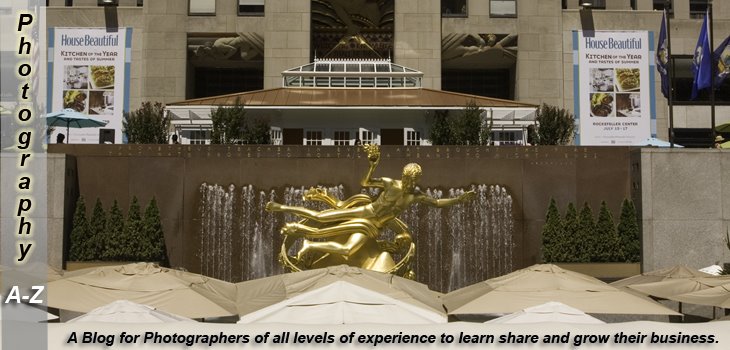Let me say from the start that I am NOT a lawyer and that it is not my intention to offer legal advice. The information that I am offering is based on years of experience as a photographer and from research done expressly for this article.
A big obstacle for many people is that they do not fully understand their rights. This is no exception in the business of photography, especially when it comes to copyrights, which tend to be complicated and a bit overwhelming to some. My goal here is to make some sense of it all and to offer you some valuable resources that will help you make good decisions that will protect you and your work.
First the Basics.
I will provide you with several valuable resources at the end of this article that will cover copyright and intellectual property issues in great detail but for our purposes here I will break it down to basics.
1. The creator of an image is the owner of the image. In other words you shoot it you own it.
2. A work is considered copyrighted at the time it is created. From the moment you click the shutter the resulting image is your exclusive property.
3. The photographer or his agent has the exclusive right to exploit the copyright for the life of the photographer plus 70 years. This means that only you and those you designate may use or give permission to use your images.
4. To avoid violation of federal copyright law permission to use copyrighted materials for any purpose must be obtained in writing prior to use.
5. Any unauthorized use constitutes an infringement. The only exception to this rule is in the case of a statuary exemption such as fair use or limited classroom use.
6. Combining, altering or otherwise manipulating an image including cropping, scanning or otherwise electronically altering a photograph, series of photographs or portions thereof is an exclusive right held by the photographer. To do so without express written permission is considered an infringement.
As you can see the laws protecting your work are broad and strong but they will only protect your interests if you apply the. Be sure to apply a copyright to every image you create. This can be easily done in Photoshop, Lightroom and several other commonly used programs. The concept of digitally watermarking your images has also become popular and effective way to protect your interests.
I recommend
THE PROFESSIONAL PHOTOGRAPHERS LEGAL HANDBOOK
It is an essential reference for anyone interested in avoiding the pitfalls the business end of photography.



